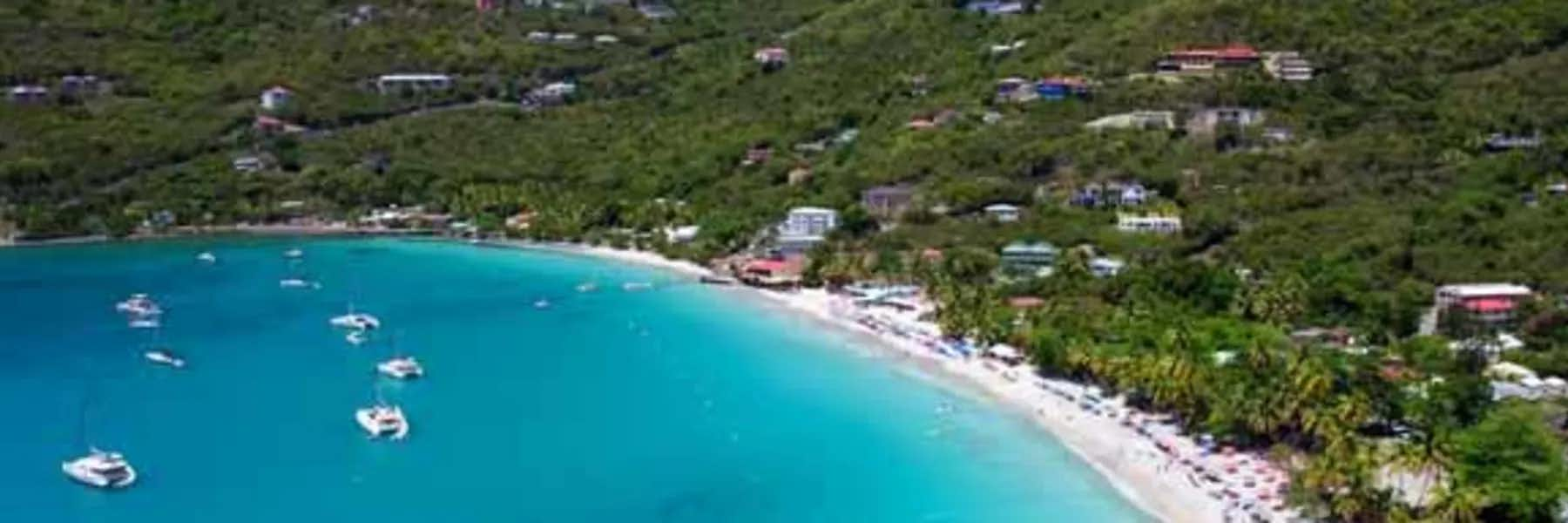Virgin Gorda, Tortola, Jost Van Dyke, and Anegada
By Lillian Connors
Many will say that the true magic of the Caribbean spreads over 50 tiny wonderful islands east of Puerto Rico. Only 15 of them are inhabited while others we only ever mention in the context of mysterious, deserted islands, as the perfect settings for adventure books and movies. Then there is Tortola, the largest and the most developed island in the archipelago and the core of the British Virgin Islands country. Together with the islands of Jost Van Dyke, Anegada, and Virgin Gorda, Tortola makes the most welcoming Caribbean quartet with natural surroundings that are just breathtakingly beautiful.
Technically speaking, the British Virgin Islands are the part of the British Overseas Territory in the Caribbean, and are thus vested by the Queen. All citizens, regardless of their origins, are considered European citizens and the official language is English. There is a story that says that Christopher Columbus visited the islands during his overseas venture in 1493 and named them after the Christian saint Ursula and her mysterious group of holy virgins who accompanied her on her journeys. The original name was later shortened to Las Vergenes but today the adjective “British” is usually used to avoid the confusion with the neighboring U.S. Virgin Islands.
Where are the British Virgin Islands?
The British Virgin Islands geographically present a part of the grandiose Virgin island archipelago set on the boundary of the Atlantic Ocean and the Caribbean Sea. Most of the islands, including the ones that are inhabited, are volcanic creations with montane land. In 2017, the country was hit by Hurricane Irma, with the major island of Tortola suffering the greatest damage.
Although the Islands are most commonly visited by cruisers, they can also be accessed by air. The only international airport is located on the Beef Island, just off the eastern shore of Tortola and connected to it via a bridge, and there are also two smaller airports on the islands, while those without airport facilities can be reached with a helicopter.
Things to Do on the British Virgin Islands
The British Virgin Islands don’t offer much in terms of diversity of activities, but they know what their strengths are and deliver the goods with aplomb. If a superior marine experience of dazzling water vistas, postcard-ready rocky beaches and the full arsenal of tropical paradise goodness is what you are looking for, then get ready to be dazzled.
By far the most popular way of experiencing the natural wonders of the Islands is by ubiquitous boat tours. Operators are numerous and, in general, tours are conducted in a very professional manner, but the other side of the coin is that the tours, as is the case with life in general here, are quite pricey. Still taking a boat tour is well worth the price, as it will expose you to some of the most pristine bays, beaches and waters you will ever have a chance to enjoy.
For those looking to gain a more comprehensive familiarity with the Islands, we suggest the Devil’s Bay National Park or the Rhone Natural Marine Park—both offering detailed insights into the wealth of natural resources in the region. Overall, The British Virgin Islands have a larger number of museums than is common in the Caribbean, and they are well worth exploring, as are the numerous distilleries that the local population takes great pride in.
Cost of Living on the British Virgin Islands
Interestingly, tourism is not the major industry in the country. Most of its income comes from the offshore financial services industry since many international corporations and wealthy individuals hold bank accounts in this country. The banking sector boomed in the early 2000s and for many years the country held the popular designation of a “tax haven”. Therefore, most of the workforce in the British Virgin Islands is highly educated, with more than 50 percent of workers being of foreign descent.
Surprisingly, given the fact that the islands are a former British colony, the official currency is the U.S. dollar.
Less surprising is the fact that the cost of living in this country is noticeably higher than in the EU and the United States of America. For general pointers, an average monthly rent for a four-member family apartment goes around $2,000, while utilities and food expenses are generally slightly higher than in most western countries.
The British Virgin Islands certainly hold some of the most charming places in all of the Caribbean, with pristine beaches sheltered by the gentle coastal hillsides. Leisure and relaxation rarely get a more scenic setting than what some of the islands here provide, but the budgetary requirements make them a likelier visit destination than a more permanent home.
*Feature Photo: ©iStock.com/cdwheatley*

